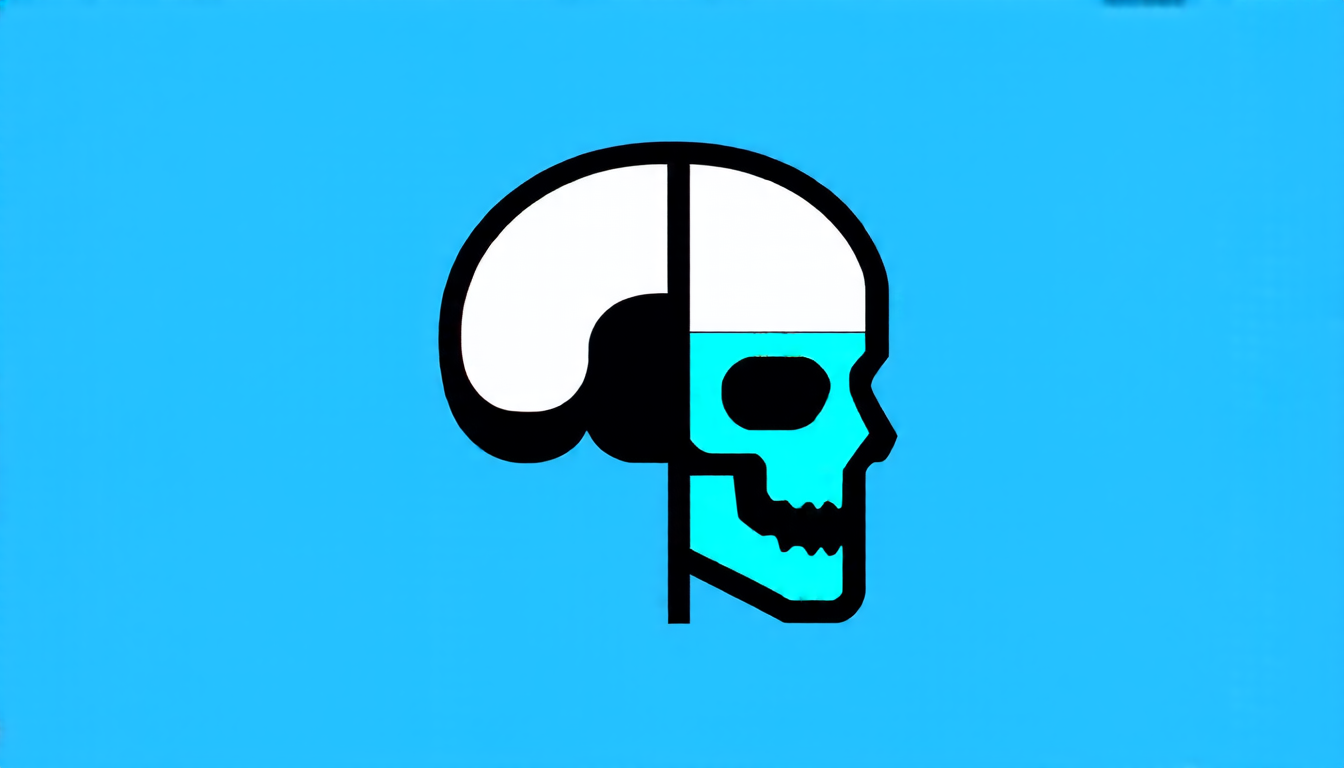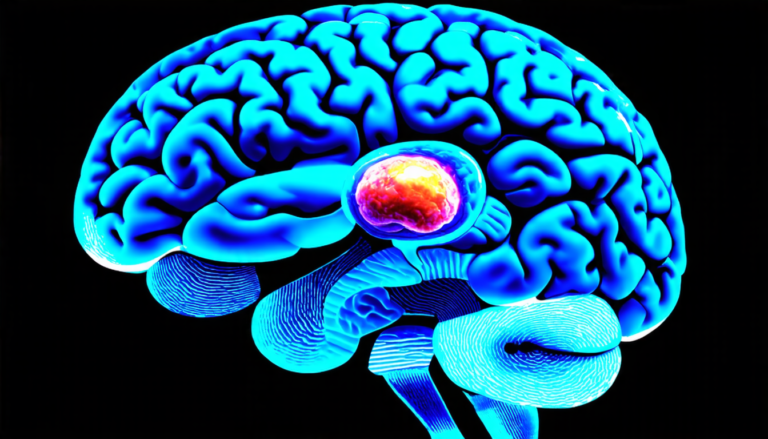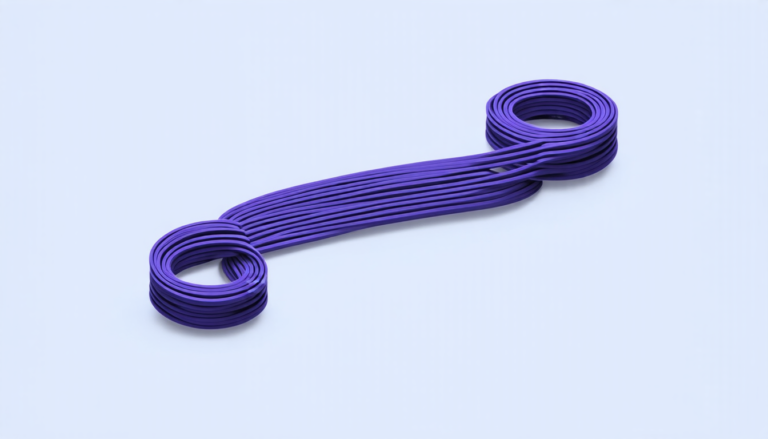Sunday 20 July 2025
Neuroscientists have long sought to develop more accurate and efficient methods for removing non-brain tissue from neuroimaging scans, a process known as skull stripping. This step is crucial in many applications, including brain mapping and disease diagnosis. A new approach, called MindGrab, has been developed to tackle this challenge.
MindGrab uses deep learning algorithms to analyze MRI scans and identify the boundaries between brain tissue and surrounding non-brain structures. The model is trained on a large dataset of annotated images, which allows it to learn patterns that distinguish brain tissue from other tissues. Once trained, the model can be applied to new images to automatically remove non-brain tissue.
One of the key advantages of MindGrab is its ability to handle diverse imaging modalities and protocols. Unlike traditional skull stripping methods, which are often specific to a particular type of scan or protocol, MindGrab can process a wide range of image types. This makes it a versatile tool for researchers and clinicians who work with different types of MRI scans.
Another benefit of MindGrab is its efficiency. The model requires less computational resources than previous deep learning-based methods, which means it can be run on a standard desktop computer without the need for specialized hardware. This makes it more accessible to researchers who may not have access to high-performance computing facilities.
To test the accuracy and speed of MindGrab, the researchers compared it to two other skull stripping methods: SynthStrip and a classical method called BET (Brain Extraction Tool). They found that MindGrab achieved similar or better results than these methods on 16 different datasets. Additionally, MindGrab was significantly faster than both competitors, with processing times ranging from 10-60 seconds per image.
The researchers also evaluated the computational efficiency of MindGrab by benchmarking it against SynthStrip. They found that MindGrab required less RAM peak, executed faster, and used less GPU memory than SynthStrip on both an NVIDIA GeForce RTX 2080 and an Apple M2 Max GPU. This makes MindGrab a more practical choice for researchers who need to process large datasets quickly.
Overall, MindGrab represents a significant advance in skull stripping technology. Its ability to handle diverse imaging modalities, efficiency, and accuracy make it a valuable tool for neuroscientists and clinicians. As the field continues to evolve, MindGrab is well-positioned to play an important role in advancing our understanding of the brain and developing new treatments for neurological disorders.
Cite this article: “MindGrab: A Deep Learning-Based Approach to Accurate and Efficient Skull Stripping”, The Science Archive, 2025.
Neuroimaging, Skull Stripping, Deep Learning, Mri Scans, Brain Tissue, Non-Brain Structures, Image Processing, Computational Efficiency, Gpu Memory, Neuroscientists







